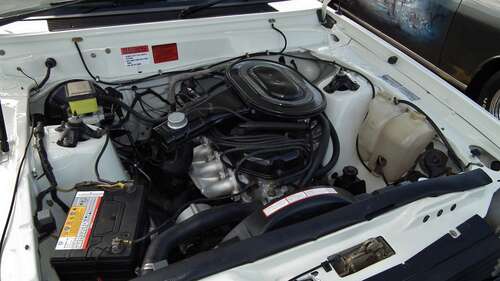
Ford’s Windsor series of V8s began with the 221 cubic inch version used in 1962 Fairlanes and Meteors, and the engine grew twice in 1963, first to 260 and then to 289 cubic inches. The 289 was an upgrade option on first-year Mustangs, and Ford issued several variants with different carburetion options, compression ratios, and piston designs. The most potent version was the K-Code high-performance engine that produced 271 horsepower. The hi-performance 289 had a reinforced block and cylinder head with hardened steel valve seats and stainless-steel valves. It also had a hot cam, high-capacity fuel pump and four-barrel carburetor, and free-breathing exhaust manifolds.
It was first used in 1963 models and became a highly desired option on the 1964 1/2 Mustang, and when tuning legend Carroll Shelby got his hands on it, the 289’s output jumped to 306 horsepower. The 289 was used in the earliest GT40 endurance racers, but late-race failures, most notably in Dan Gurney’s 1966 LeMans car, led to a redesign of the engine that boosted output to a bone-shaking 285 horsepower.
A detuned street version of the 289 was used in the Shelby Cobra and first-generation Mustang as well. In the 1966 Mustang, the 289 made between 200 and 275 horsepower, depending on which carburetor was bolted atop it. Four twin-choke carburetors gave the 289 in that year’s GT40 an impressive boost to 390 horsepower.

